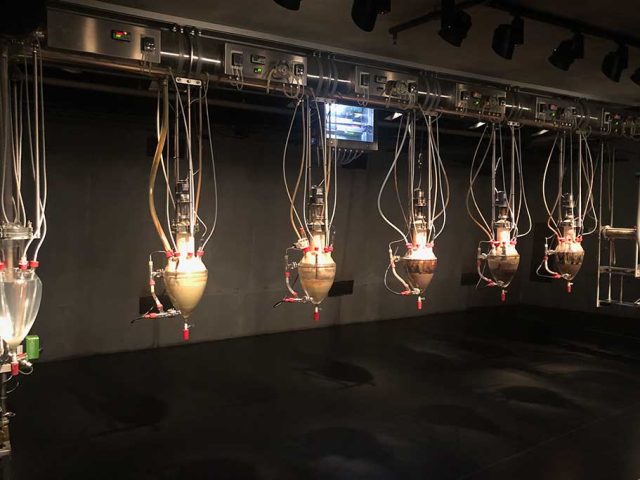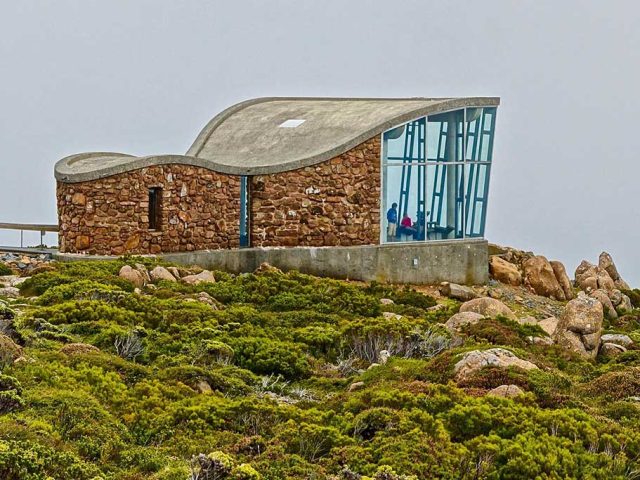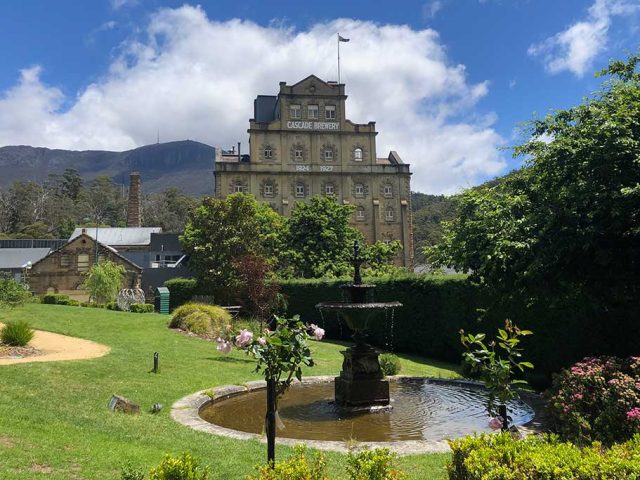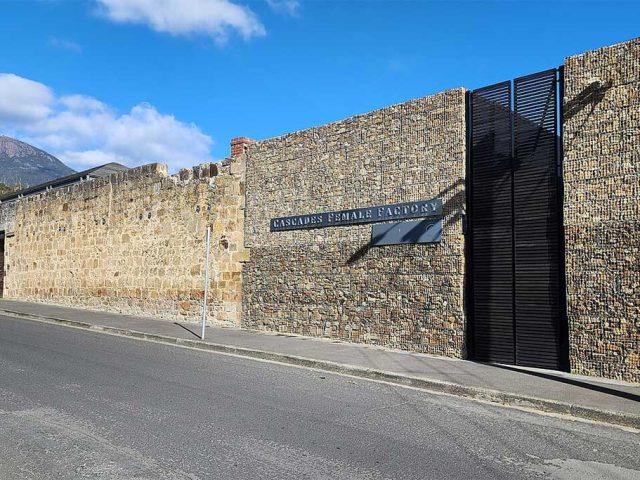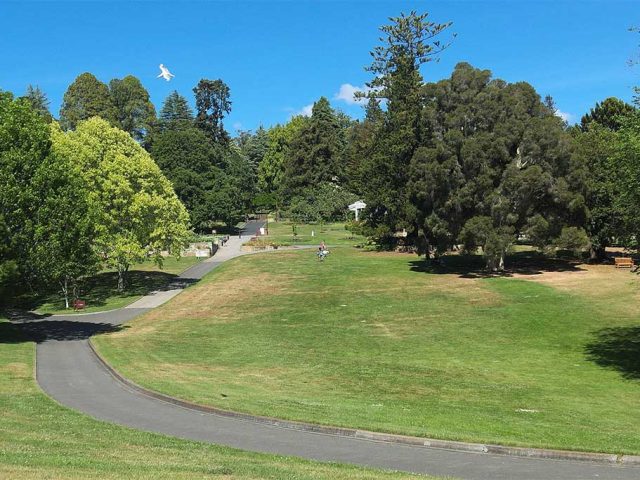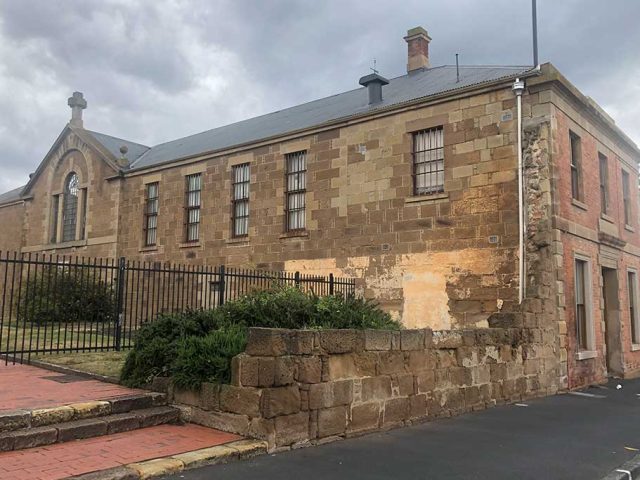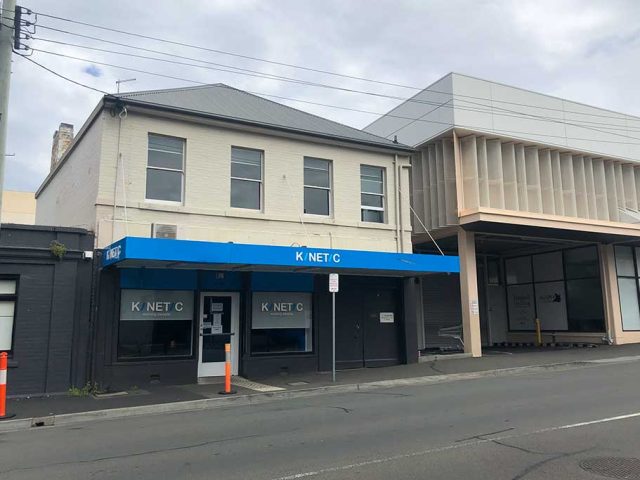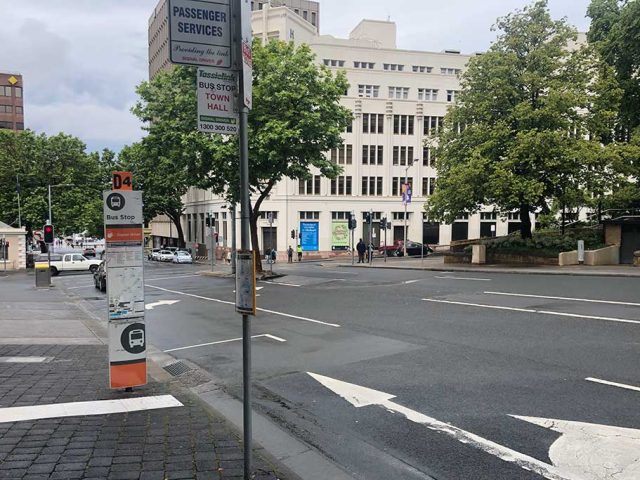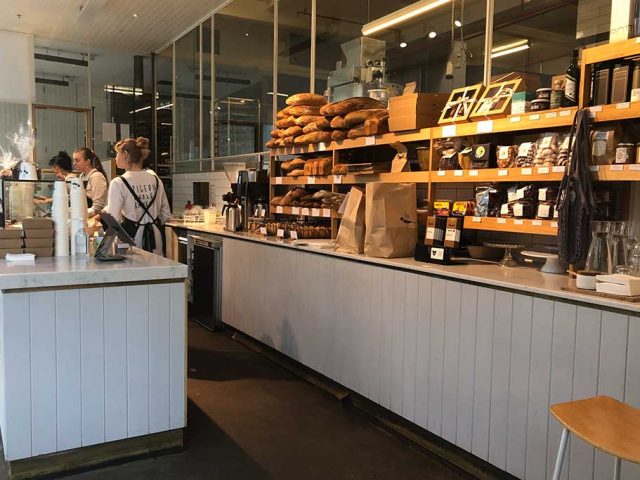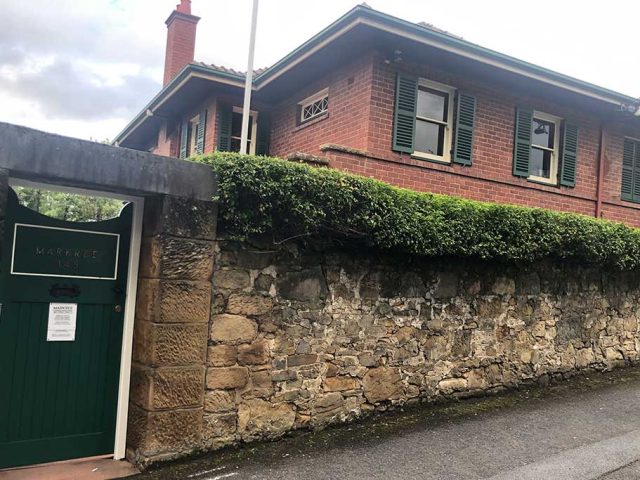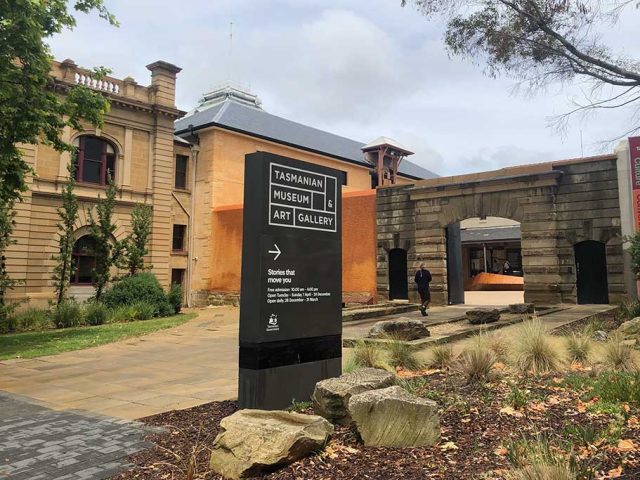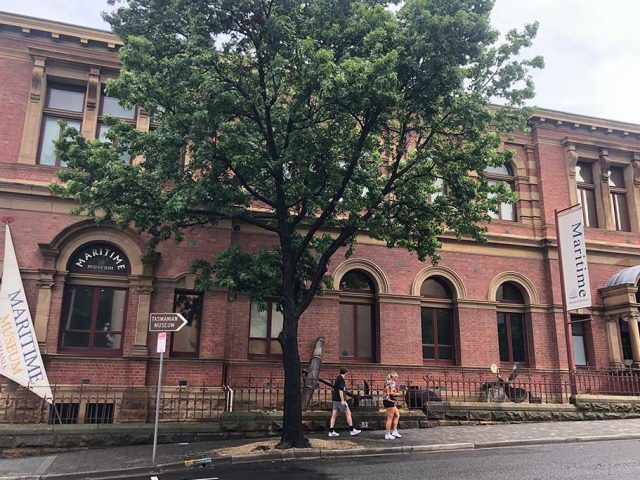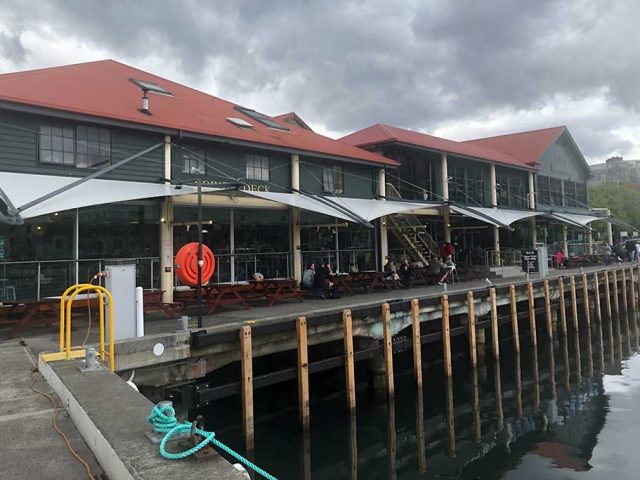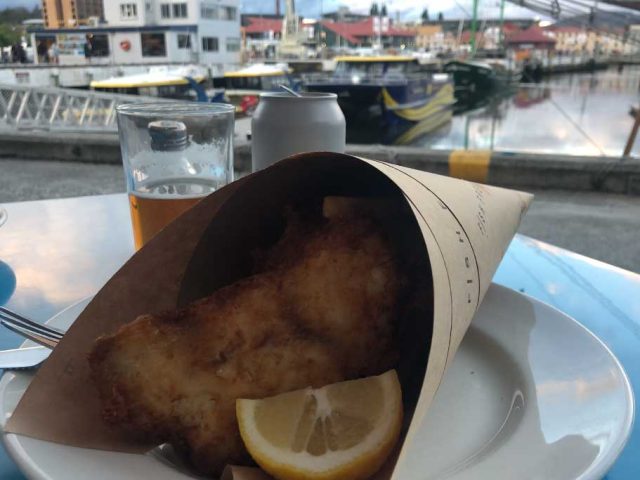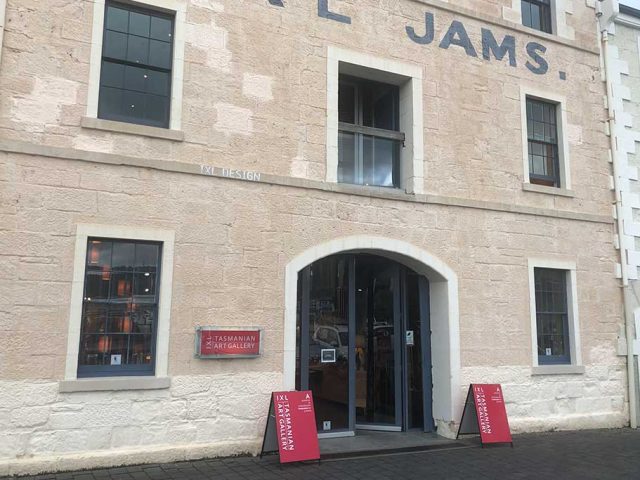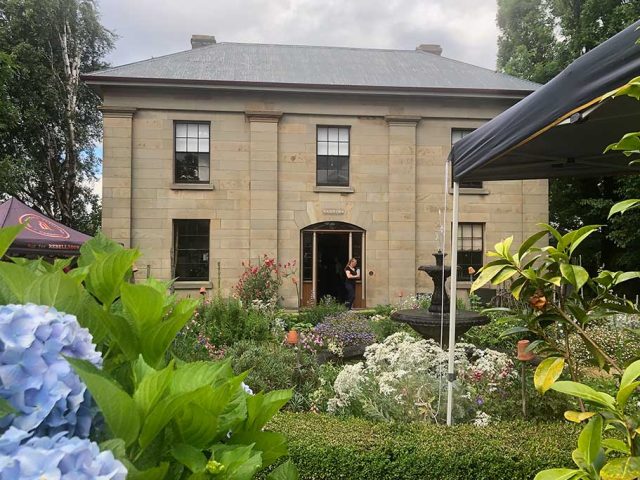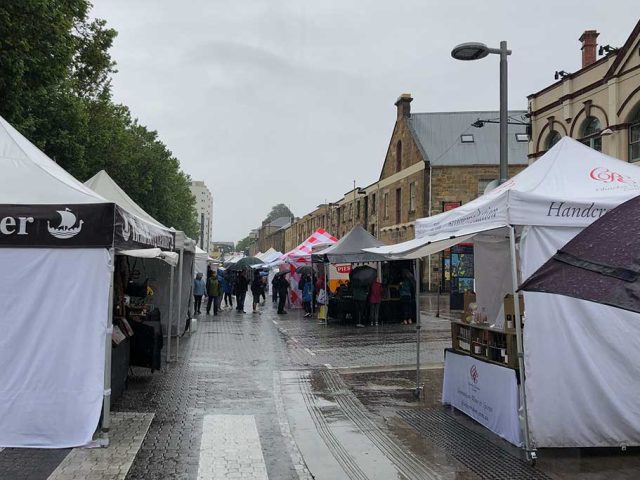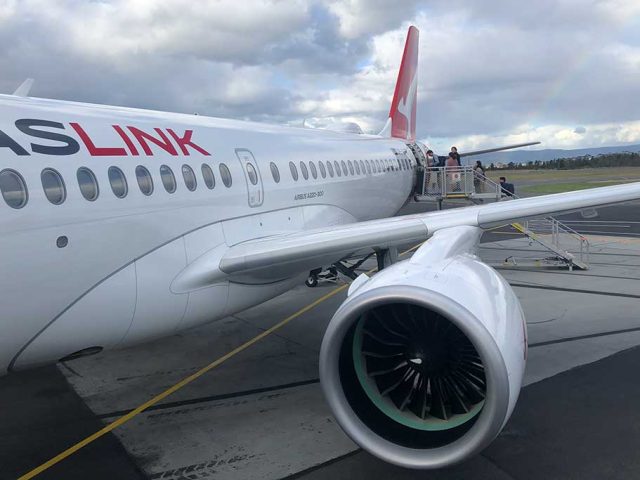West Coast Wilderness Railway
Steam train through the wilderness
The West Coast Wilderness Railway is a heritage railway that runs between Queenstown and Strahan on Tasmania’s rugged west coast. The journey combines engineering history and scenic beauty, making the railway a significant draw for visitors to the area.
Built in the late 19th century, the West Coast Wilderness Railway was originally built to transport copper from the Mount Lyell Mining and Railway Company in Queenstown to the port of Strahan. The railway opened in April 1897 and played a vital role in the region’s economic development.
The line features the Abt rack-and-pinion system, designed to help locomotives climb the steep inclines of the mountainous terrain. This innovative engineering solution was necessary to navigate the challenging landscape of Tasmania’s west coast. The railway’s construction was a remarkable achievement, requiring extensive labour and ingenuity to overcome harsh conditions.
By the mid-20th century, declining mining operations led to the railway’s closure in 1963. The line lay dormant for decades until efforts to restore it began in the 1990s. In 2002, the railway reopened as a heritage attraction, preserving an important part of Tasmania’s industrial heritage. Today, it is recognised for its cultural and historical value, attracting visitors from around the world.
Riding on the West Coast Wilderness Railway
The railway journey passes through lush rainforests, deep gorges and rivers, offering views of the dramatic west coast landscape.
Passengers can see key sites associated with the railway’s history, including former mining stations and engineering works. Stops along the line often include interpretive displays and short walks, providing context about the region’s past.
The route also crosses the King River, a waterway central to the area’s history and ecology. Views from the train include dense vegetation, steep riverbanks, and occasional glimpses of wildlife. The rainforest canopy and surrounding hills create a sense of immersion in the natural environment.
Onboard commentary provides additional insights into the history of the railway, the lives of the workers who built it, and the impact of mining on the region.
Experiences
There are currently three different experiences available. These include the Lynchford Express and the Rinadeena, Rack & Rainforest excursions from Queenstown and the Teepookana and the King excursion from Strahan.
During one half of the journey, passengers face forward, but on the return, seats face the opposite direction. This means you may face backwards for either the first or second half of the trip.
Full-length journeys between Queenstown and Strahan are currently suspended, meaning that you need to pick one of the shorter experiences departing from either Queenstown or Strahan.
Lynchford Express | 1½-hour return journey | departs Queenstown
The Lynchford Express departs Queenstown Station, offering a 1½-hour return journey to Lynchford, a former hub for pioneers and prospectors.
Onboard, a guide shares stories from the past 200 years, focusing on the pioneers who once lived along the railway. The 20-minute journey to Lynchford includes insights into the region’s history and the role of the railway.
At Lynchford Station, visitors can explore the Pioneer’s Room, pan for gold, or learn more about the area’s mining heritage.
After exploring the station and its surroundings, the train returns to Queenstown. The Lynchford Express provides a short but informative experience of Tasmania’s West Coast history.
Rinadeena, Rack & Rainforest | 3-hour return journey | departs Queenstown
The three-hour Rinadeena, Rack & Rainforest excursion departs Queenstown Station, travelling into the rainforest with stops at Lynchford and Rinadeena Stations before returning to Queenstown.
At Lynchford Station, you can see the remnants of a 19th-century gold rush town and try your hand at gold panning. This brief stop offers insight into the area’s mining heritage.
From Lynchford, the train climbs the steep Rinadeena Saddle using the rack and pinion railway. The ascent provides an immersive rainforest experience and highlights the challenges faced by the original railway builders.
At Rinadeena Station, visitors can explore the site and take photographs of the steam locomotive. This stop reflects the settlement’s historical reliance on the railway.
The train then descends back to Queenstown, completing the round trip.
Teepookana and the King | 2½-hour return journey | departs Strahan
The Teepookana and the King journey departs from Regatta Point Station in Strahan aboard a Drewry diesel train. This 2½-hour return trip explores the rainforest and history of the West Coast Wilderness Railway.
The journey crosses the Iron Bridge at Teepookana, once an important port town. Passengers alight at Lower Landing Station on the King River, where they can take a short nature walk and taste honey from local endemic species.
At Regatta Point Station, passengers are encouraged to arrive 30 minutes early. The station includes a Museum Room, where visitors can explore railway history before boarding.
Lower Landing offers a chance to explore the river and learn about the area’s flora and the lives of those who worked along the railway. After the stop, the train returns to Regatta Point.
Practical information
The railway operates from Queenstown Station and Regatta Point Station in Strahan, with several journey options available.
The stations at both Queenstown and Strahan include a small museum and gift shop and it’s a good idea to arrive at the station around half an hour before your scheduled departure time.
The West Coast Wilderness Railway offers two classes: Heritage and Wilderness carriages. Both options provide comfortable seating and scenic views.
The Heritage carriage features upholstered booth seating for up to 40 passengers. Blankets are available on colder days. These carriages, carefully crafted by the railway’s in-house team, are a popular choice for families and groups, particularly during school holidays.
The Wilderness carriage accommodates up to 26 passengers with booth seating and small tables between the seats. This premium option includes a glass of sparkling wine or orange juice with canapés on departure and a light meal service during the trip. The carriage also features a balcony, allowing passengers to take photographs of the locomotives or rainforest surroundings along the journey.
It’s important to note that the trains do not have toilet facilities. However, each of the excursions stop at small stations where you can use the toilets and also buy refreshments.
Not all excursions may be offered everyday, particularly if you’re visiting in the off-season.
Depending on which trip you’re taking, allow 2–3½ hours for the experience.
Queenstown station 1 Driffield Street, Queenstown TAS 7467
Strahan station 62 Esplanade, Strahan TAS 7468
Website wcwr.com.au
Lynchford Express (from Queenstown)
Heritage carriage $45, children $25 Wilderness carriage $85
Departures 1–19 Jan Tue–Sat 2.30pm; 1 May–20 Sep Wed–Thu 11.45am, Sat 11.45am; 27–31 Dec Tue–Sat 2.30pm
Rinadeena, Rack & Rainforest (from Queenstown)
Heritage carriage $85, children $65 Wilderness carriage $125
Departures 1 Jan–31 Mar Tue–Sat 10am; 24 Sep–31 Dec Tue–Sat 10am
Teepookana and the King (from Strahan)
Heritage carriage $65, children $45 Wilderness carriage $105
Departures 1–19 Jan Mon–Fri 10am, 2pm; 20 Jan–31 Mar Mon–Fri 10am; 1 May–20 Sep Mon–Tue 10am, Fri 10am; 21 Sep–26 Dec Mon–Fri 10am; 27–31 Dec Mon–Fri 10am, 2pm

